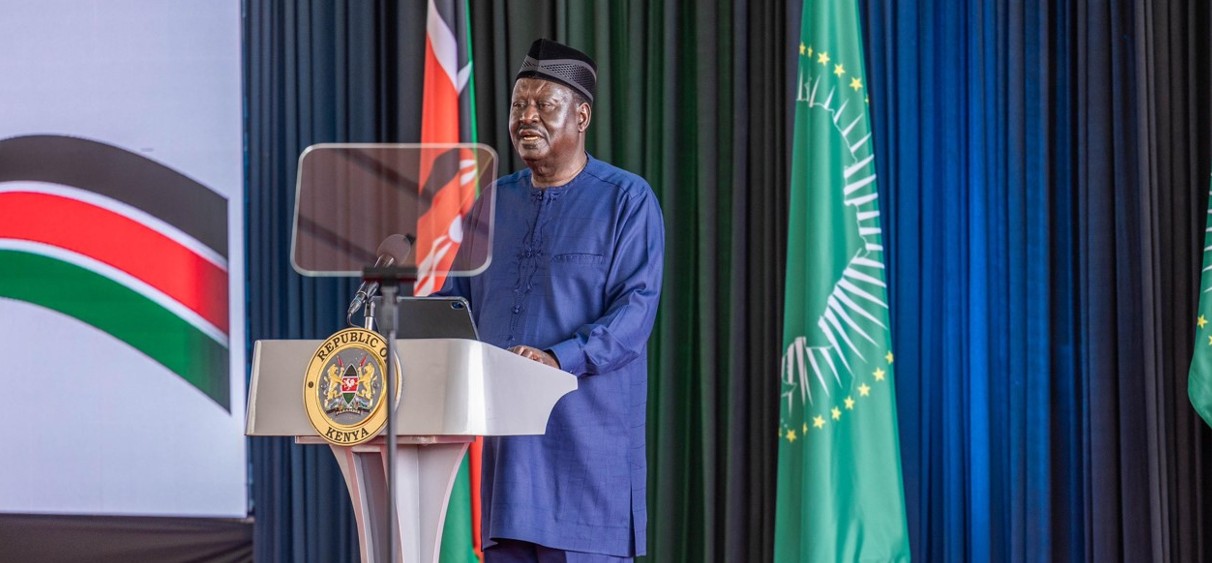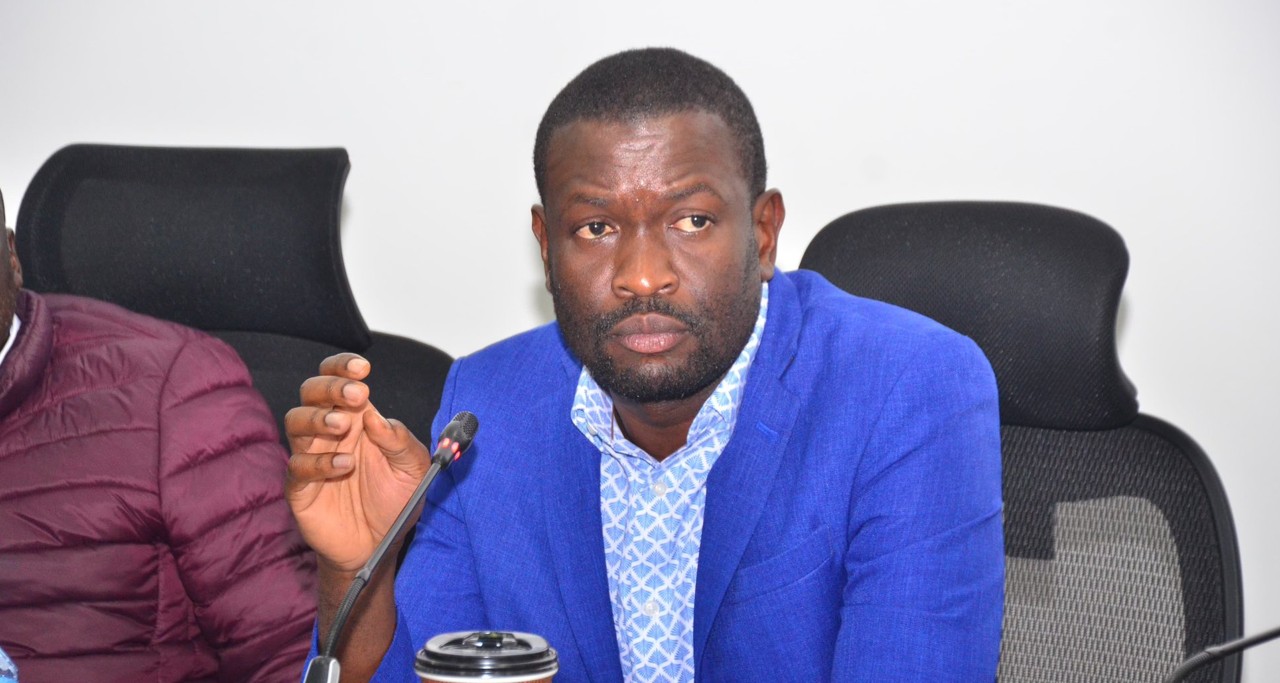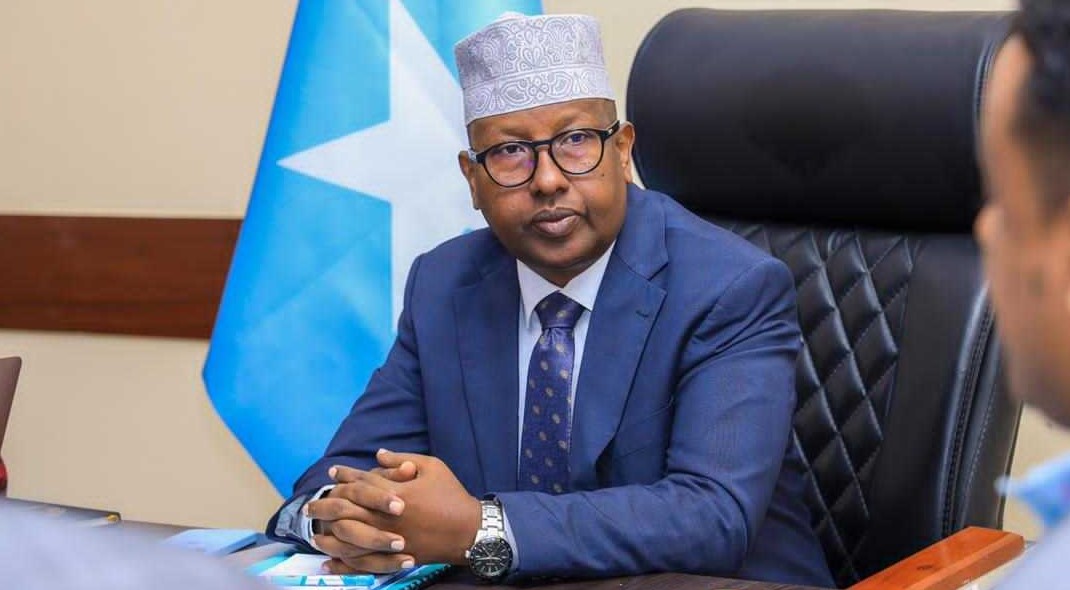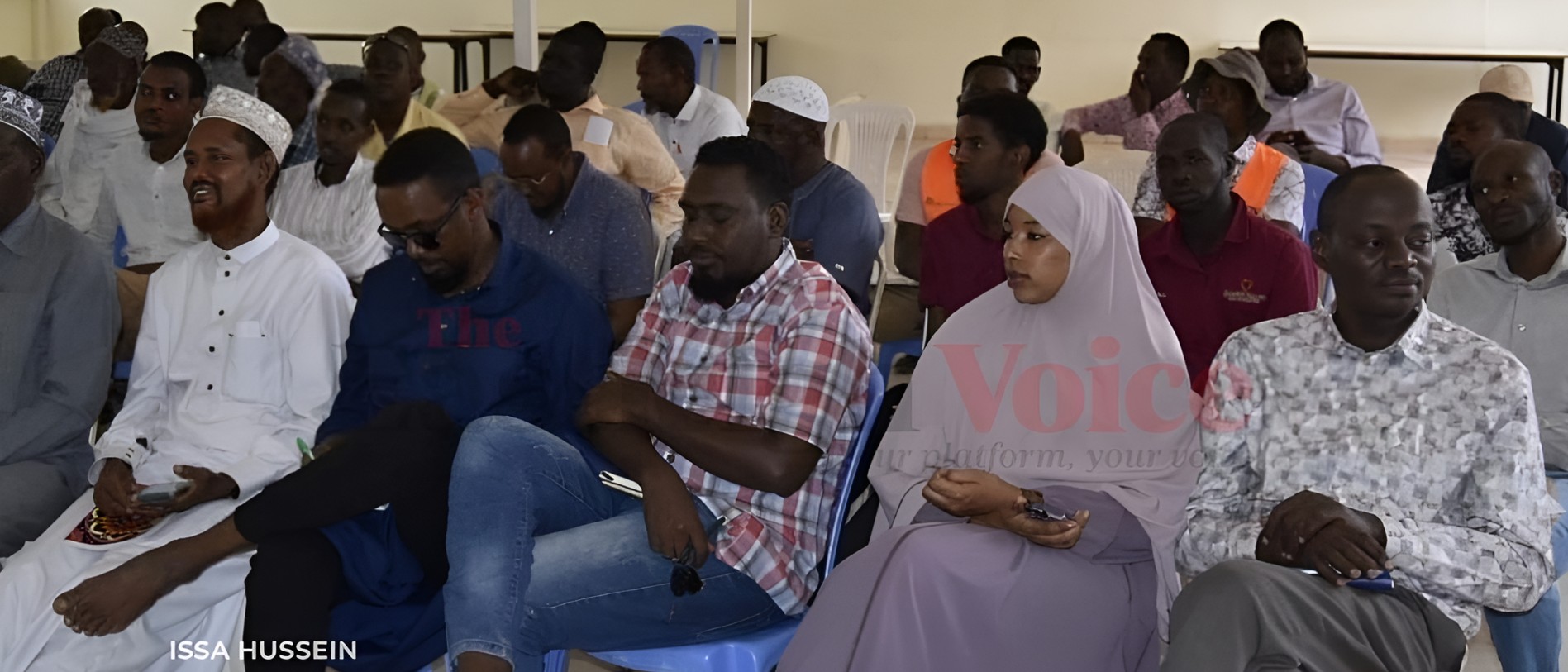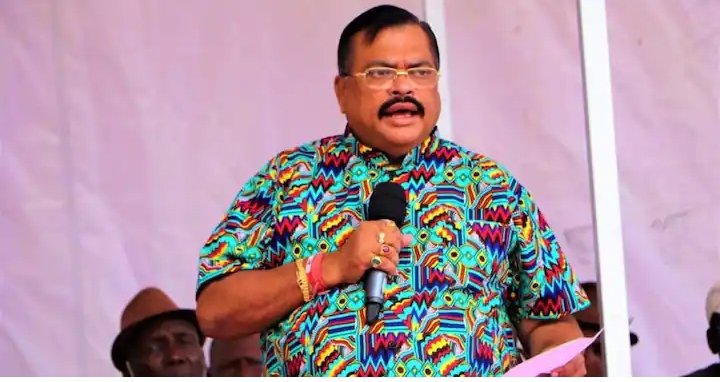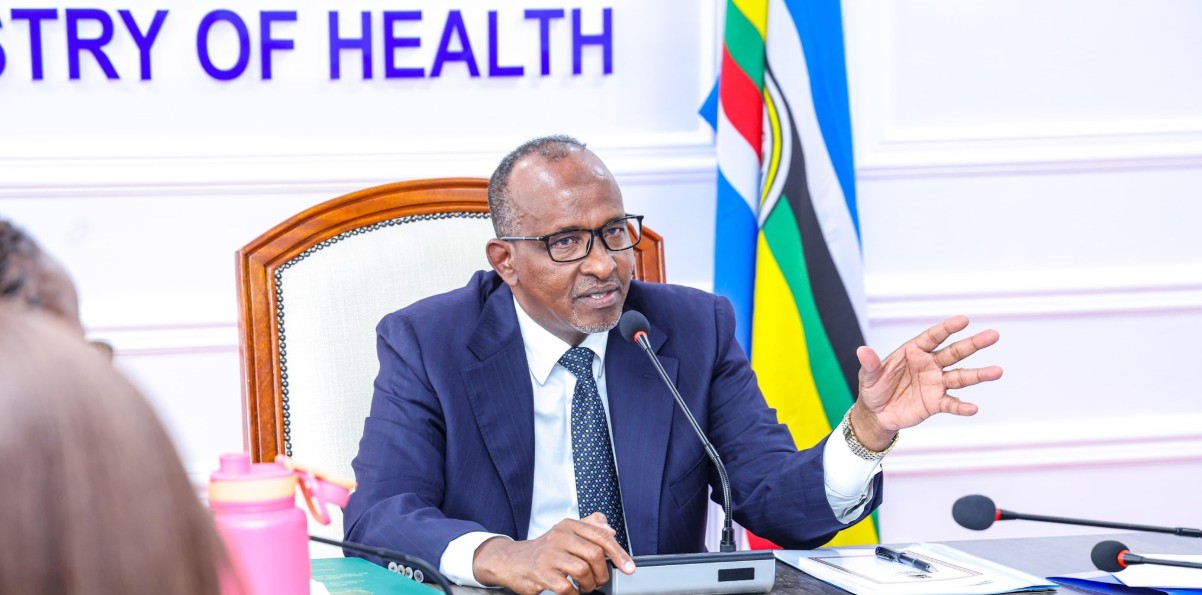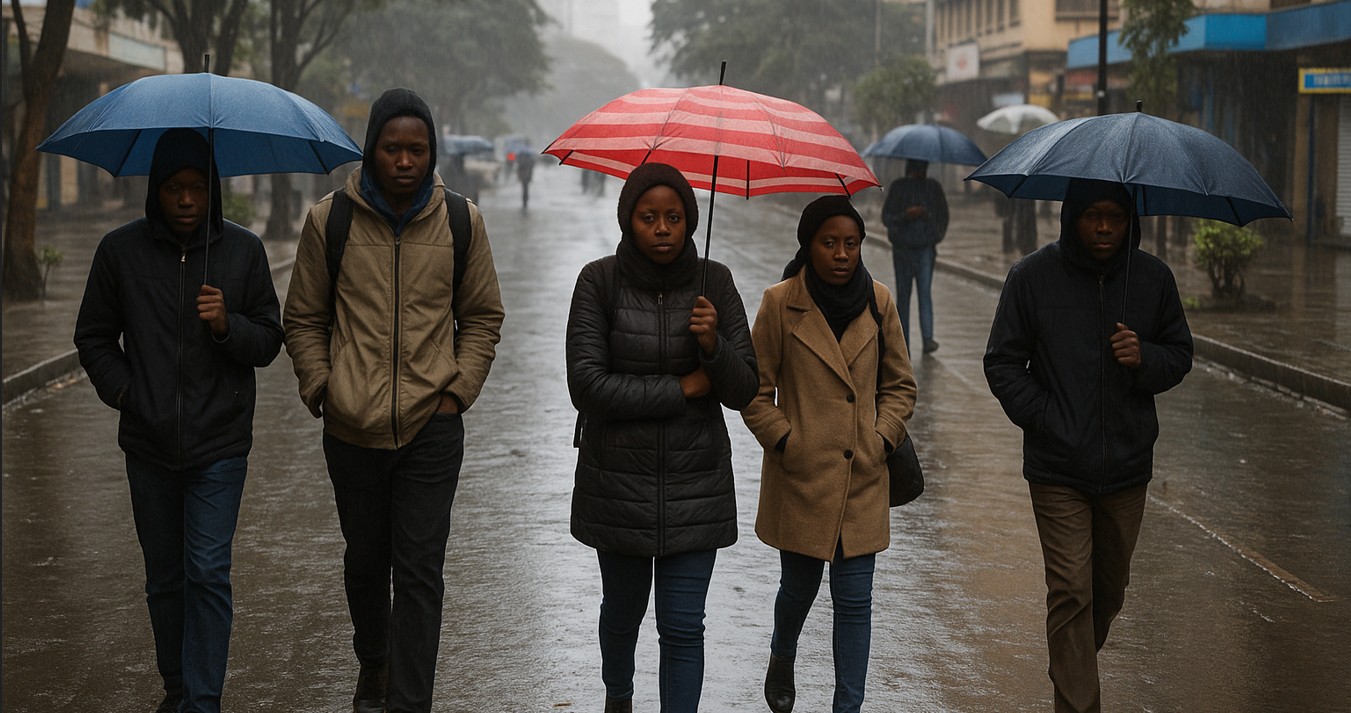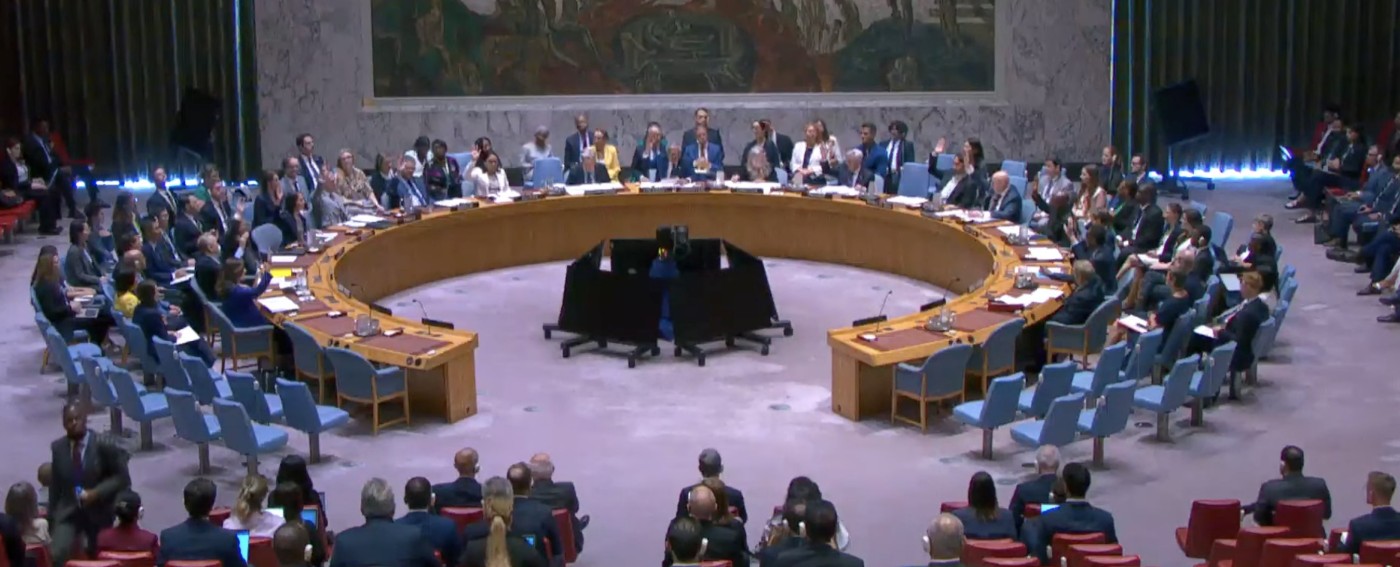East Africa on the edge as record droughts break climate and humanitarian systems
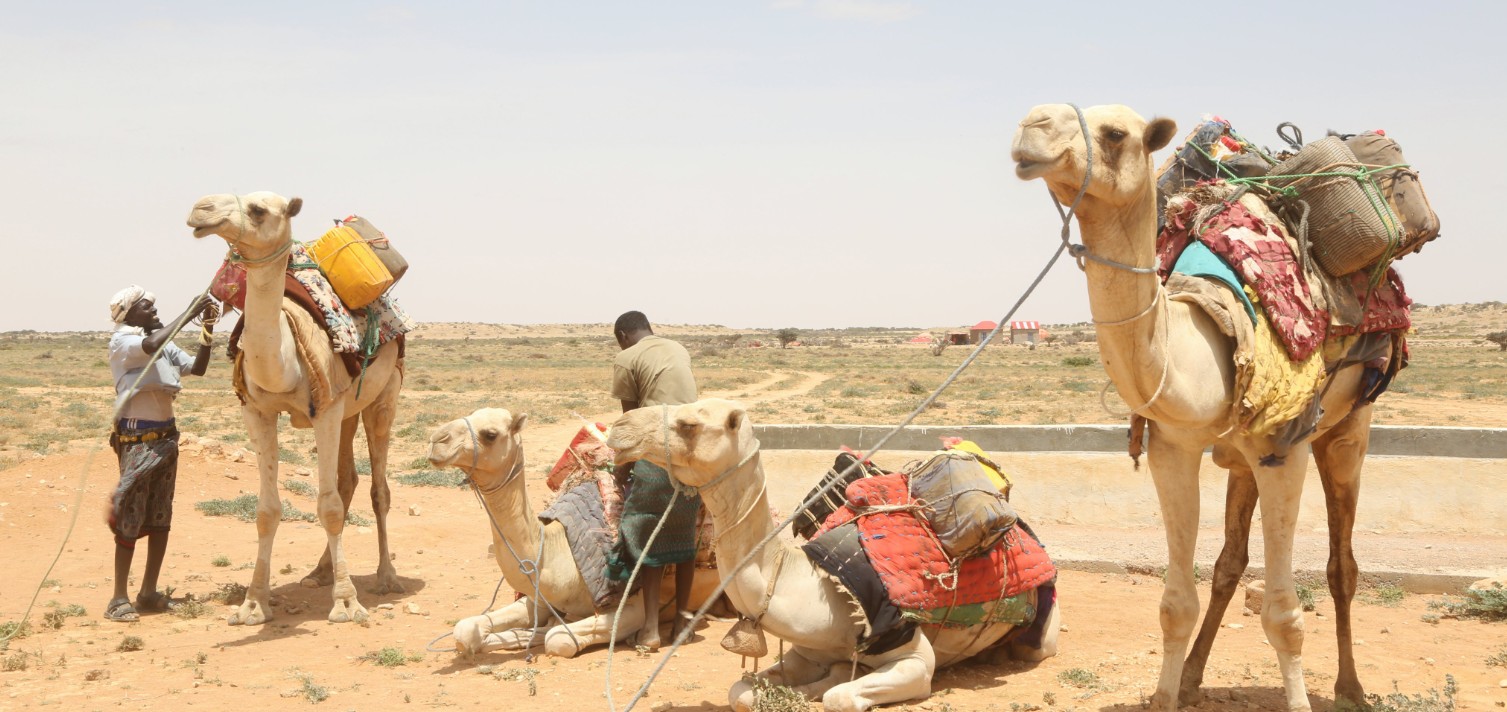
By early 2025, nearly 23 million people in Somalia, Ethiopia, and Kenya were deemed "highly food insecure," with over 11 million livestock lost in what is now considered the worst drought in 70 years across the Horn of Africa.
Eastern and Southern Africa are grappling with an escalating climate emergency that has outpaced both regional resilience and global attention.
A new United Nations Convention to Combat Desertification (UNCCD) report paints a sobering picture: prolonged droughts, driven by La Niña and exacerbated by structural vulnerabilities, are pushing millions toward starvation, displacement, and societal breakdown.
More To Read
- Counties receive Sh7 billion to invest in green projects
- Africans survived 10,000 years of climate changes by adapting food systems – study offers lessons for modern times
- World risks losing 20 per cent more wetlands by 2050, global report warns
- Over 600 air monitors deployed as Africa’s pollution fight gains ground
- Nairobi’s air pollution fuelling surge in children’s lung disease, experts warn
- From fish to forests: Women in Kenya’s Coast restore mangroves to combat climate change
By early 2025, nearly 23 million people in Somalia, Ethiopia, and Kenya were deemed "highly food insecure," with over 11 million livestock lost in what is now considered the worst drought in 70 years across the Horn of Africa.
The prolonged La Niña event, which began in 2020, has devastated livelihoods and overwhelmed aid systems.
In Uganda's Kotido District, for instance, thousands of pastoralists abandoned their nomadic way of life in search of food and water. Many, the report notes, "expressed trepidation at the prospect of starting a new life, as they lacked education and experience in other trades."
Somalia, already reeling from instability, has borne the brunt. The report estimates 43,000 excess deaths in 2022 alone due to drought.
By February 2025, 3.4 million Somalis were facing acute hunger, and 1.7 million children were at risk of malnutrition, with 466,000 suffering from severe acute malnutrition.
According to the report, "internally displaced persons, pastoralists with limited livestock, and farming households were likely to be most severely affected."
The crisis has been compounded by insecurity. The Somali government accused Al Shabaab militants of obstructing humanitarian access. "Aid from reaching the parts of Somalia under its control was deliberately blocked," the report states, worsening conditions in already isolated regions.
Ethiopia faces a double burden: conflict and climate. Over 12 million people were experiencing "acute food insecurity" as of January 2023.
The regions of Tigray, Afar, and Amhara, still recovering from a brutal two-year civil war, were among the worst hit. In just six months between July 2023 and January 2024, the report notes, "nearly 400 people died of starvation" in Tigray alone.
"Only 14 per cent of the 3.2 million most vulnerable Tigrayans had received humanitarian assistance," it adds, citing bureaucratic bottlenecks and logistical failures.
By April 2025, over 10 million Ethiopians, including 4.4 million pregnant and breastfeeding women and children, remained severely affected by hunger.
Across Southern Africa, the pattern is no less bleak.
A powerful El Niño event beginning in late 2023 caused widespread crop failures in Zambia, Zimbabwe, Malawi, and Namibia, prompting several governments to declare national disasters.
The World Food Programme warned the July 2024 drought was "potentially the worst the region had seen in 100 years."
More than two million hectares of crops were damaged in Malawi, Mozambique, and Zambia by April 2024.
Zimbabwe, already reeling from economic fragility, saw food inflation soar to 26 per cent by April 2024, with urban residents resorting to "skipping meals and begging for food," the report said.
Beyond the numbers, this crisis reflects a profound structural inequality.
"Africa faces disproportionate burdens and risks arising from climate change-related weather events and patterns," observed Josefa Leonel Correia Sacko, AU Commissioner for Agriculture, in the foreword. Societies that contribute least to global greenhouse gas emissions are now paying the steepest price.
The report underlines the interconnectedness of climate, conflict, governance, and humanitarian systems. It warns that without decisive investment in climate adaptation, infrastructure, and inclusive governance, droughts will continue to erode the region's fragile social contracts.
In its bleakest conclusion, the UNCCD report frames the region's climate turmoil not merely as a humanitarian disaster—but as a test of global will, regional diplomacy, and the capacity to confront the defining challenge of our time.
Top Stories Today
Reader Comments
Trending
